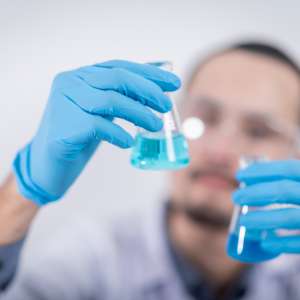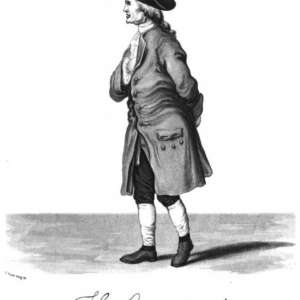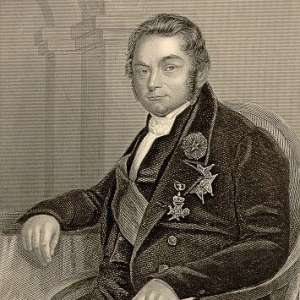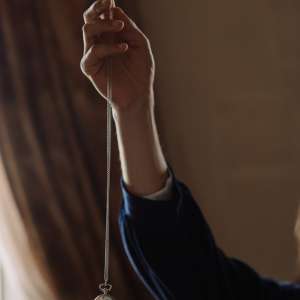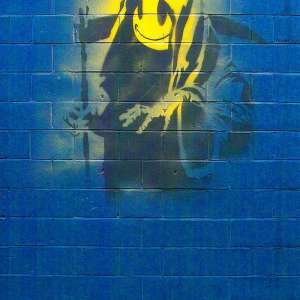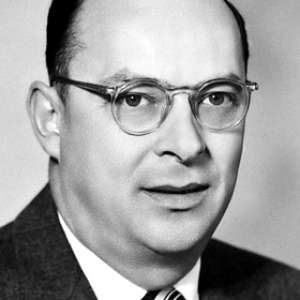
Louis Pasteur is one of the world’s most famous scientists, acclaimed for his work on the germ theory of disease, for developing rabies and anthrax vaccines, and for inventing a technique to prevent bacterial contamination of milk and wine—his eponymous pasteurization process. But Pasteur has a special place in chemists’ hearts for some sleuthing he did early in his career to help define the concept we now call chirality.
For the past year, Gregory S. Girolami and Joseph Gal have been doing some Pasteur-related sleuthing of their own. Girolami, a chemistry professor at the University of Illinois, Urbana-Champaign, and Gal, a Pasteur historian and professor of medicine at the University of Colorado, Denver, have been trying to trace the journey of two of Pasteur’s notebooks from 1847 and 1848. It was in these books that the renowned scientist recorded his experiments and insights on chirality.


